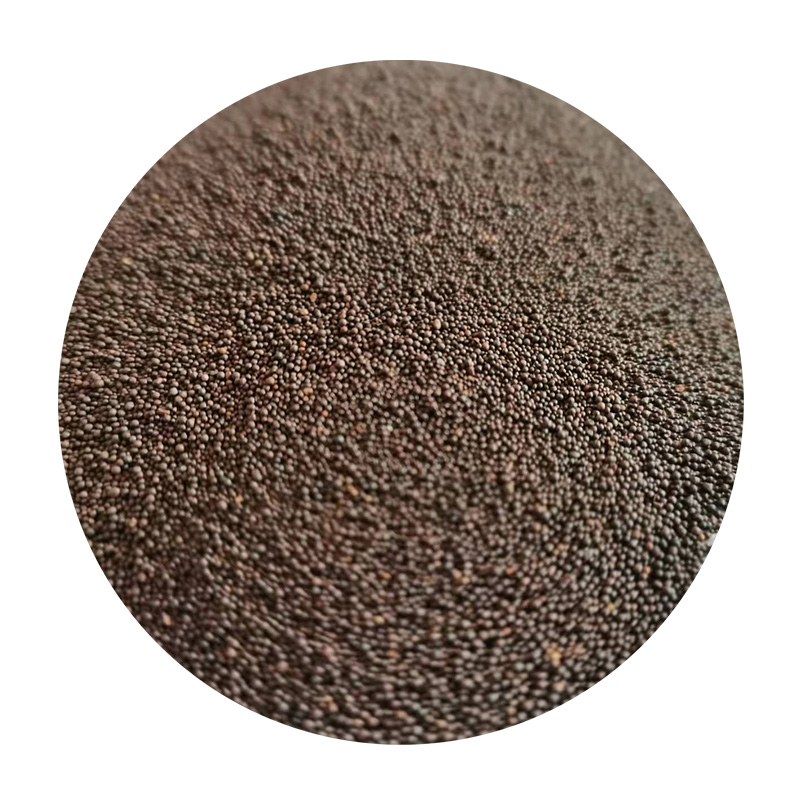What is the Sand Casting Process?
Sand casting is one of the oldest and most widely used methods of metal casting, revered for its simplicity, effectiveness, and versatility in manufacturing various metal components. This process involves creating a mold from a mixture of sand and a bonding agent, which is subsequently used to shape molten metal into desired forms. In this article, we will delve into the intricacies of the sand casting process, its advantages, applications, and the steps involved.
The Basics of Sand Casting
The core principle of sand casting is based on the use of sand as the primary mold material. Typically, the sand is mixed with a binder—commonly clay or resin—to help maintain its structure when compacted. Once the mold is ready, molten metal is poured into it, where it solidifies and takes on the shape of the mold cavity once cooled.
Key Components of Sand Casting
1. Mold Creation The first step in the sand casting process is creating a mold. This is done by packing sand around a pattern, which is a replica of the final product. The pattern can be made of various materials such as wood, metal, or plastic.
2. Cores For components with hollow sections, cores made of sand or other materials are used. Cores are placed inside the mold to create internal cavities in the final cast.
3. Parting Line and Assembly The mold consists of two halves—cope (top) and drag (bottom). Each half is prepared separately and then assembled, ensuring perfect alignment for accurate casting.
4. Pouring the Metal Once the mold is prepared, it is heated slightly to remove moisture and then prepped for pouring. Molten metal is poured into the mold through a sprue, allowing it to fill the cavity completely.
5. Cooling and Shakeout After pouring, the metal is allowed to cool and solidify. Once sufficiently hardened, the mold is broken apart (usually by shaking or using vibration) to retrieve the cast part.
what is sand casting process

Advantages of Sand Casting
1. Versatility Sand casting allows for manufacturing complex shapes, making it ideal for a broad range of applications, from small parts to large structures.
2. Cost-Effectiveness Given that sand and binder materials are readily available and inexpensive, sand casting is often more economical than other casting techniques, especially for low to medium production runs.
3. Customizability Molds can be easily adjusted for various designs, allowing manufacturers to create customized products without a significant increase in costs.
4. Wide Range of Materials Various metals, including aluminum, brass, bronze, and iron, can be processed through sand casting, which provides manufacturers with diverse options to meet material specifications and performance requirements.
Applications of Sand Casting
Sand casting plays a critical role in many industries, including
- Automotive Manufacturing engine blocks, cylinder heads, and other components. - Aerospace Producing lightweight and complex parts. - Industrial Equipment Fabrication of pumps, valves, and machinery components. - Art and Sculpture Creating intricate designs and sculptures.
Conclusion
The sand casting process remains a fundamental method for producing a wide array of metal components. Its simplicity, cost-effectiveness, and versatility make it a preferred choice for many manufacturers across various sectors. As technology continues to evolve, innovations in sand casting are enhancing the efficiency, precision, and capabilities of this time-honored technique, ensuring that it will remain relevant in the future of manufacturing. Whether in creating everyday items or complex machinery, sand casting will continue to shape the world of metalworking for years to come.
Post time:Oct . 09, 2024 04:15
Next:Exploring the Techniques and Benefits of Resin Sand Casting in Modern Manufacturing
